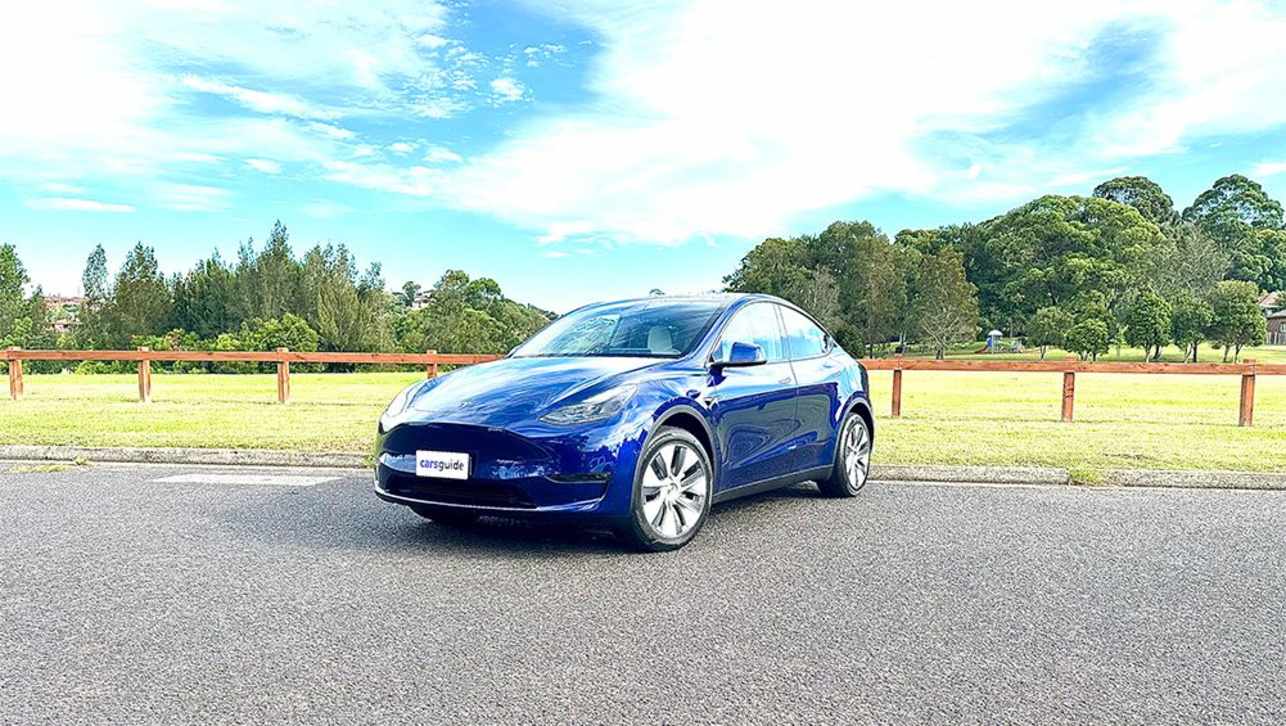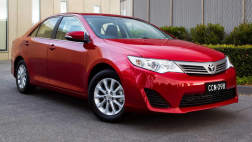The first large-scale imports of passenger cars will begin later this year and the man leading the China drive refuses to put an upper limit on sales, or the rate at which they are likely to grow in Australia. Great Wall is already selling a low-cost utility and SUV but the floodgates will open in the final quarter of this year when the Geely and Chery brands begin sales of compact passenger cars with prices - and value - that undercuts the Korean benchmark brands.
"Would it be silly to say the Chinese will have 10 per cent of the market in five years? I don't think so," says Rick Hull, who heads Great Wall and Chery in Australia. He has vast experience of low-cost imports after heading up the import action for the three biggest Korean brands - Hyundai, then Daewoo and finally Kia - during his career.
Hull said it took the Korean carmakers around 10 years - with help from Ford sales of the Korean-built Ford Festiva - to top 100,000 sales a year. He already believes the Chinese brands could do it in half that time, thanks to cheap labour rates, rapid technology improvements, growth in total vehicle sales in Australia, and the earlier example of Japanese and Korean brands.
"I really don't know how fast it will happen. But it has the potential to happen very quickly," Hull says, as he leads a small group of Australian journalists to Chery, Great Wall and the Beijing motor show this week. Hull believes many more Chinese brands will eventually join the export push, with 47 major makers in the country and production capacity soaring towards 20 million vehicles a year.
He is not expecting much action from the 26 joint-venture makers - Chinese companies in partnership with everyone from Volkswagen and General Motors to Volvo and Suzuki - but knows the 21 independents will be looking for growth outside their home country. In Australia, Hull believes there will not be any sub-$10,000 pricetags but he predicts rapid growth in high-value compact cars and big, fast changes to the way Chinese cars look and feel.
He says safety and quality will become a top priority much faster than they were in Korean cars, because the Chinese must compete on equal terms and win buyers with a value-added edge in showrooms. Korean sales reached their peak in Australia at around 112,000 in 1998, just 12 years after Hyundai was established with the original Excel.
Hull believes Chinese brands can hit the same 100,000-a-year benchmark in less than half that time and does not rule out China-made cars quickly overtaking Thailand - currently the biggest overseas supplier to Australia at around 220,000 a year - son after 2020.
"Who really knows? Five years for the Chinese to hit 100,000? I think that could easily happen," Hull says. "And you have to remember that the market in Australia is now profoundly bigger than it was when the Koreans did it."








.jpg)

.jpg)
.jpg)


.jpg)

.jpg)
.jpg)



.jpg)
.jpg)
.jpg)
.jpg)
.jpg)




Comments